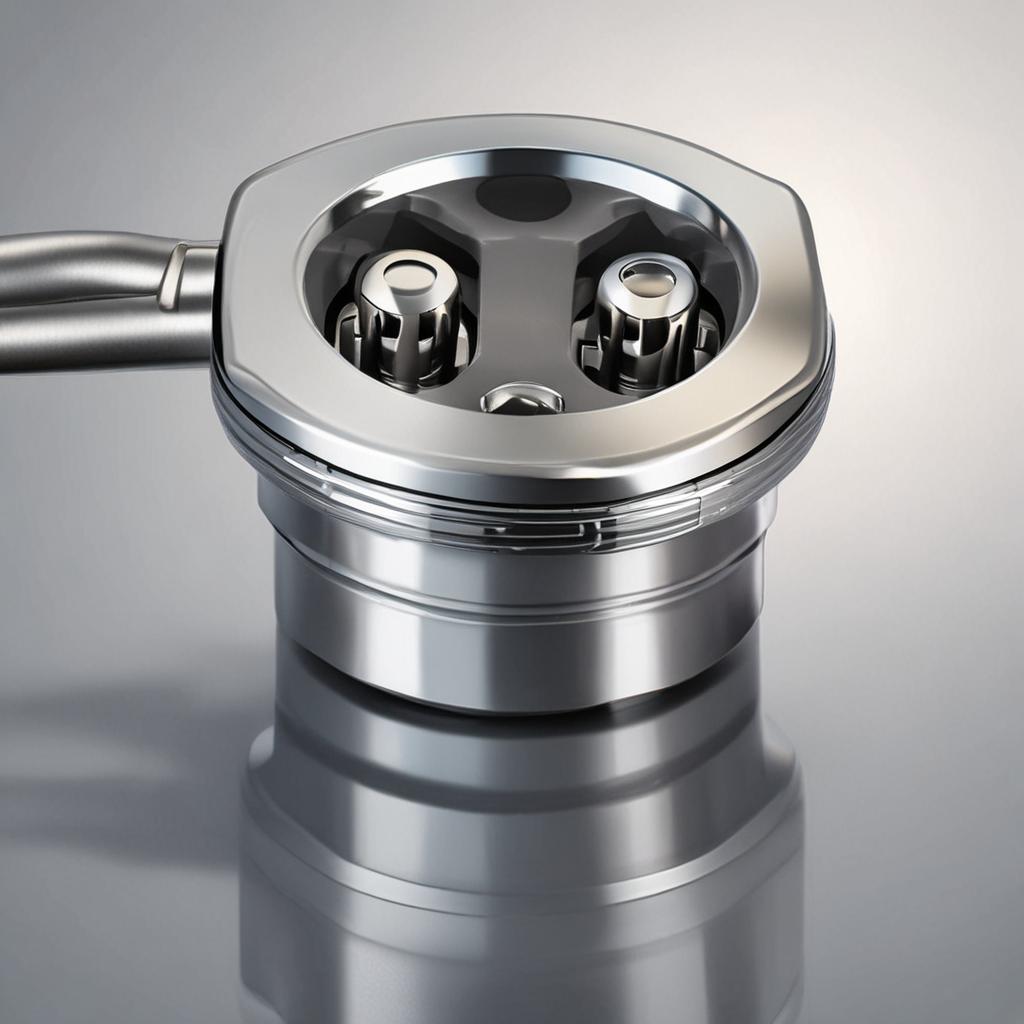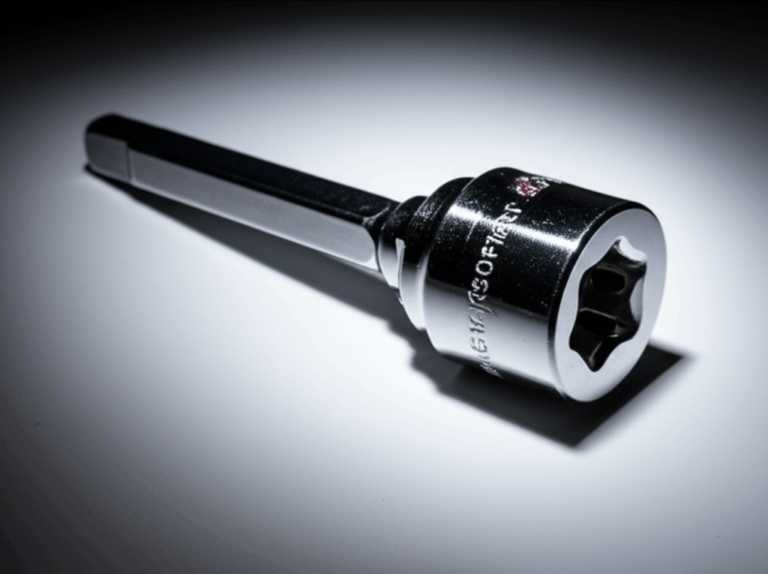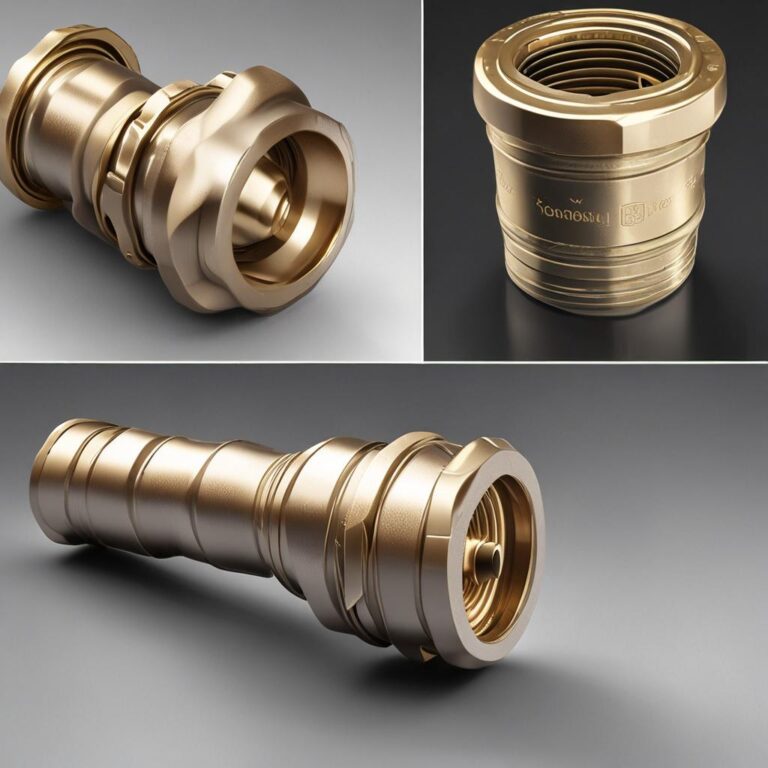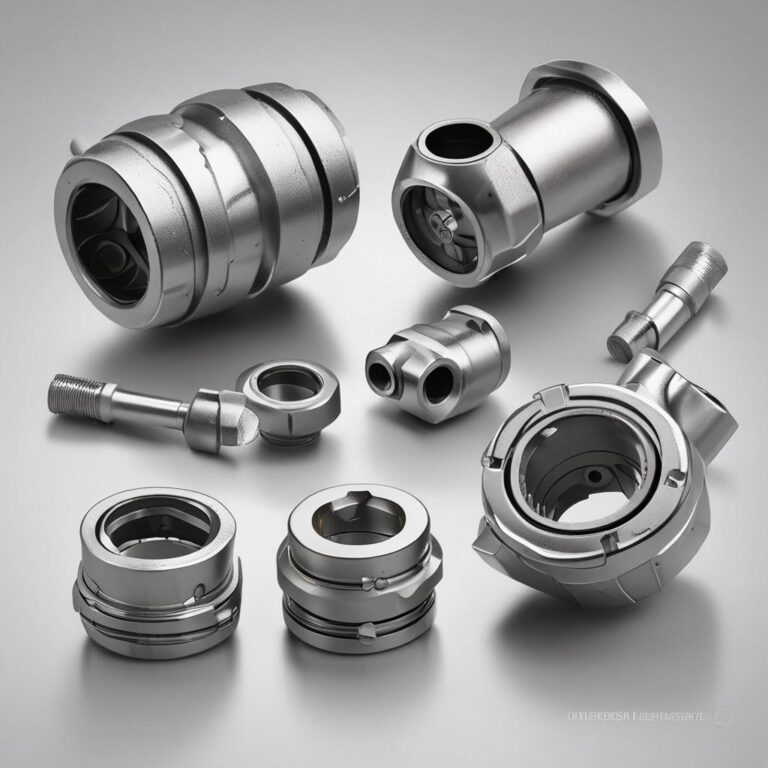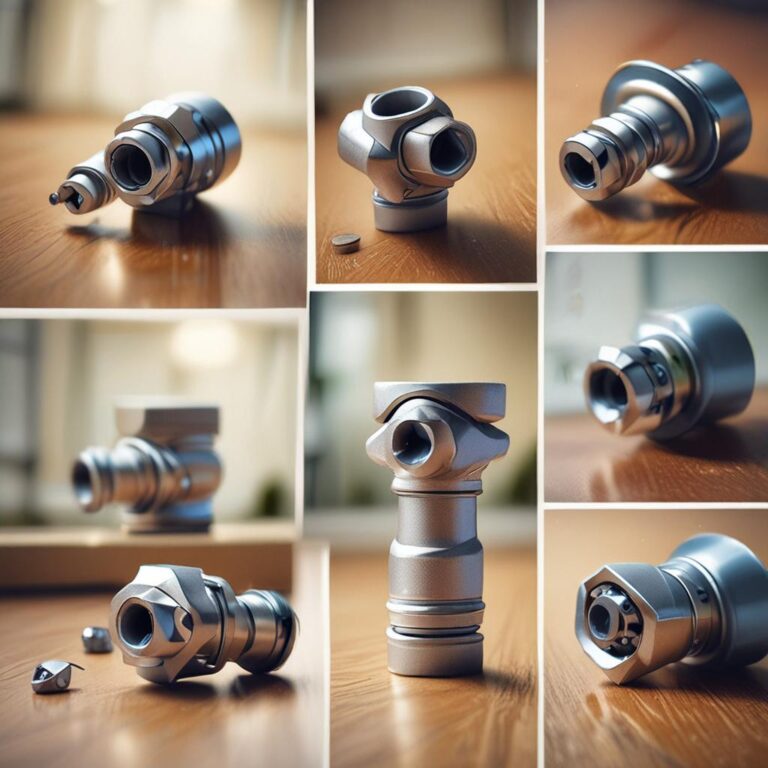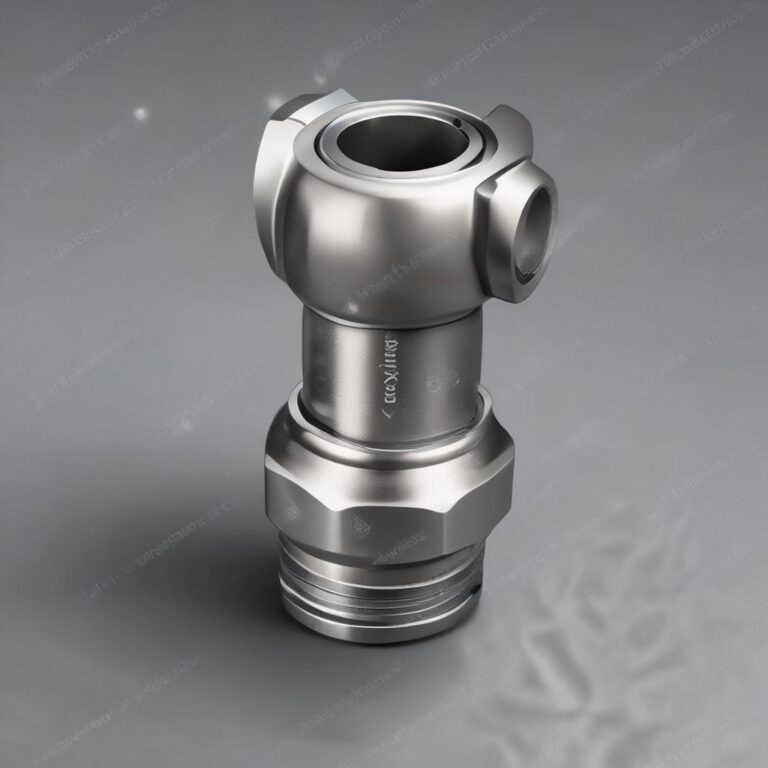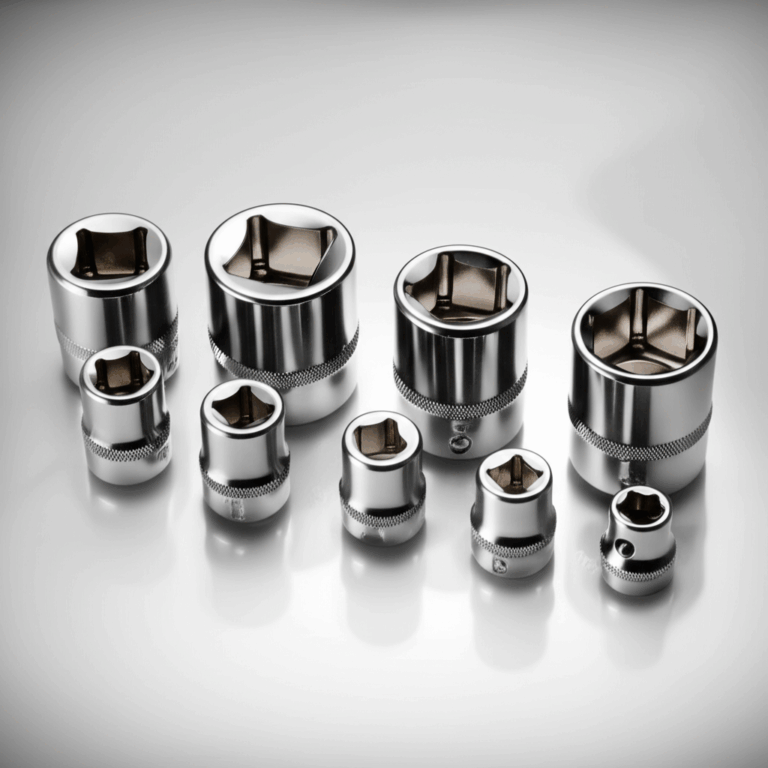Why Shouldn’t You Use Chrome Sockets on an Impact
Using the right tools for the job is crucial in any workshop, but one common mistake that poses serious risks involves pairing chrome sockets with impact wrenches. While chrome sockets are popular for their sleek appearance and corrosion resistance, their structural properties make them ill-suited for the intense forces generated by impact tools. This combination can lead to dangerous failures, costly repairs, and compromised efficiency. In this article, we’ll explore why chrome sockets shouldn’t be used with impact wrenches, the potential hazards involved, and the better alternatives available to ensure safety and longevity in your work.
Step-by-Step Process
Understand Socket Risks
Identify potential hazards of using Chrome sockets on impact tools.
Check Tool Compatibility
Verify if the tool supports Chrome sockets without damage.
Consult Manufacturer Guidelines
Review manufacturer specs for proper socket usage.
Use Correct Socket Type
Select impact-rated sockets designed for high-torque applications.
Inspect for Wear Regularly
Monitor sockets for cracks or deformation to prevent failure.
Process infographic for Why Shouldn't You Use Chrome Sockets on an Impact
Understanding Chrome Sockets and Impact Wrenches
What Are Chrome Sockets?
Chrome sockets are standard hand tool sockets made from hardened steel and coated with a layer of chromium for a shiny finish and resistance to rust. They are commonly used for general tightening and loosening tasks in automotive or mechanical work. While their polished surface and durability in low-stress environments are advantages, the hard chrome plating makes them more brittle compared to other socket types.
What Is an Impact Wrench and How Does It Work?
An impact wrench is a power tool that delivers high torque through rapid rotational impacts, making it ideal for stubborn fasteners. Available in pneumatic, electric, or hydraulic models, it generates force by storing energy in a spring or hammer and releasing it in sudden bursts. These tools are widely used in automotive repair, construction, and assembly work where manual torque would be impractical.
Why Chrome Sockets Aren’t Ideal for Impact Wrenches
Risk of Socket Breakage
The hardened steel and thin chrome plating of these sockets lack the flexibility to absorb the shock and vibration from an impact wrench. Under high torque, they are prone to cracking or shattering, especially in older or poorly maintained tools. A documented incident involved a mechanic using a chrome socket on a pneumatic impact wrench, which fractured mid-use, causing a deep hand injury and damaging the tool’s drive.
Reduced Durability and Longevity
Chrome plating can chip or wear off when exposed to repeated impact stress, leaving the socket vulnerable to corrosion and deformation. Over time, the socket may gall—where metal surfaces stick and tear—leading to stripped fasteners and uneven wear. This not only shortens the socket’s lifespan but also increases replacement costs, as chrome sockets tend to fail more frequently than impact-rated alternatives.
Safety Hazards
A shattered chrome socket can send high-speed metal fragments flying, risking eye injuries, lacerations, or damage to nearby equipment. Even if the socket doesn’t break, the fastener or tool could slip, causing wrist strain or accidents. Additionally, the damage to the impact wrench’s drive or anvil from a failed socket can lead to tool malfunction, further endangering the user.
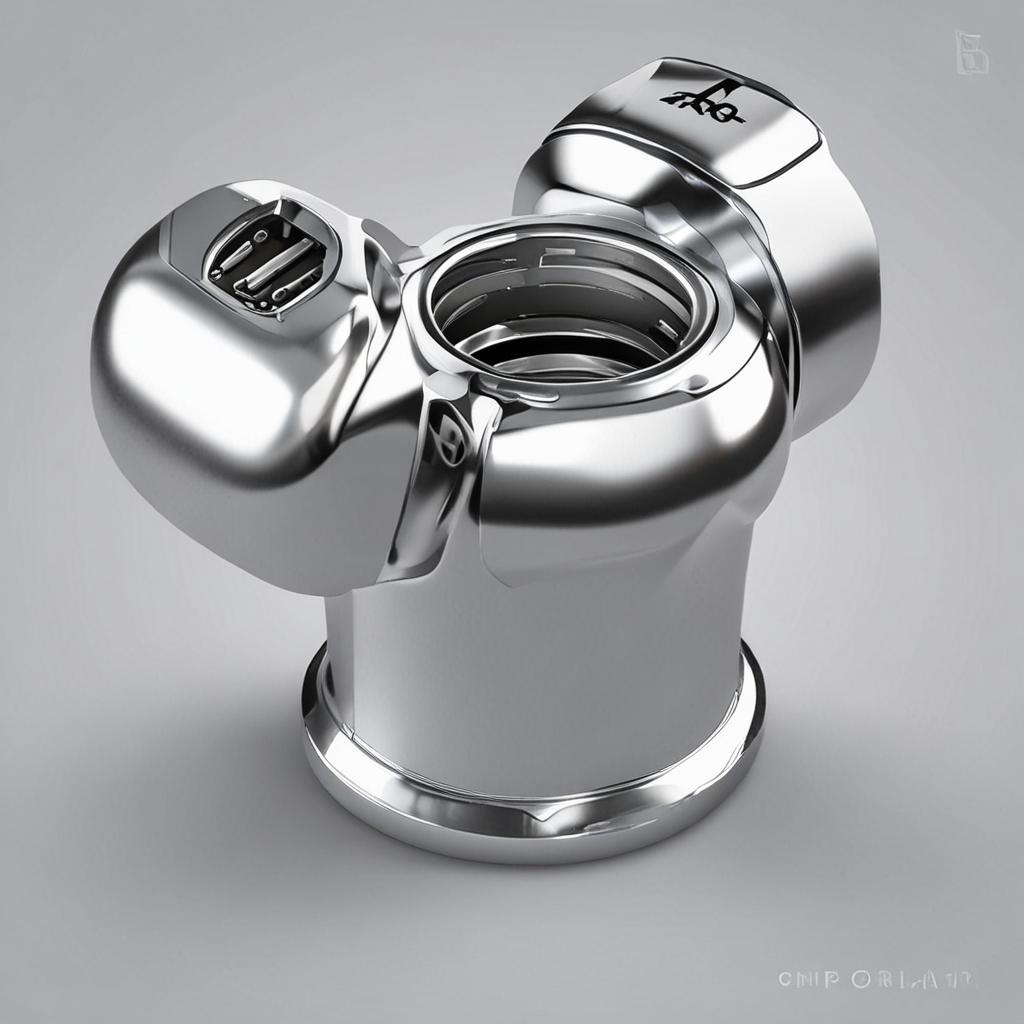
Better Alternatives to Chrome Sockets
High-Quality Impact Sockets
Impact-rated sockets are forged from materials like chromoly steel, designed to flex and absorb the shocks of an impact wrench. These sockets are typically marked with an “I” inside the hex or on the label, indicating compliance with industry standards like SAE J478. Brands like Craftsman, Snap-on, and Milwaukee offer robust options that withstand heavy-duty use without compromising safety.
Other Socket Materials (e.g., Black Oxide, Chromoly)
Black oxide sockets provide moderate corrosion resistance and a matte finish but are still not suitable for repeated impact use. Chromoly sockets, however, are ideal for high-torque environments due to their alloy composition and heat treatment. For lighter tasks, nickel or chrome-molybdenum sockets offer a balance of strength and resistance, but always verify the manufacturer’s intended use before selecting a socket.
How to Properly Use and Maintain Impact Sockets
Correct Socket Selection for Different Tasks
Match the socket’s torque rating to the wrench’s output and the fastener’s requirements. Avoid using impact sockets on hand tools, as their softer design can reduce precision. If the fastener is rusted or over-tightened, apply penetrating oil and use a breaker bar first to reduce strain on the tool and socket.
Regular Inspection and Maintenance
Before each use, inspect sockets for cracks, deformation, or worn teeth. Replace any showing signs of fatigue to prevent sudden failure. Store impact sockets in a dedicated holder to avoid stacking, which can lead to stress fractures. Clean and dry them after use to maintain performance and prevent corrosion, especially in humid environments.
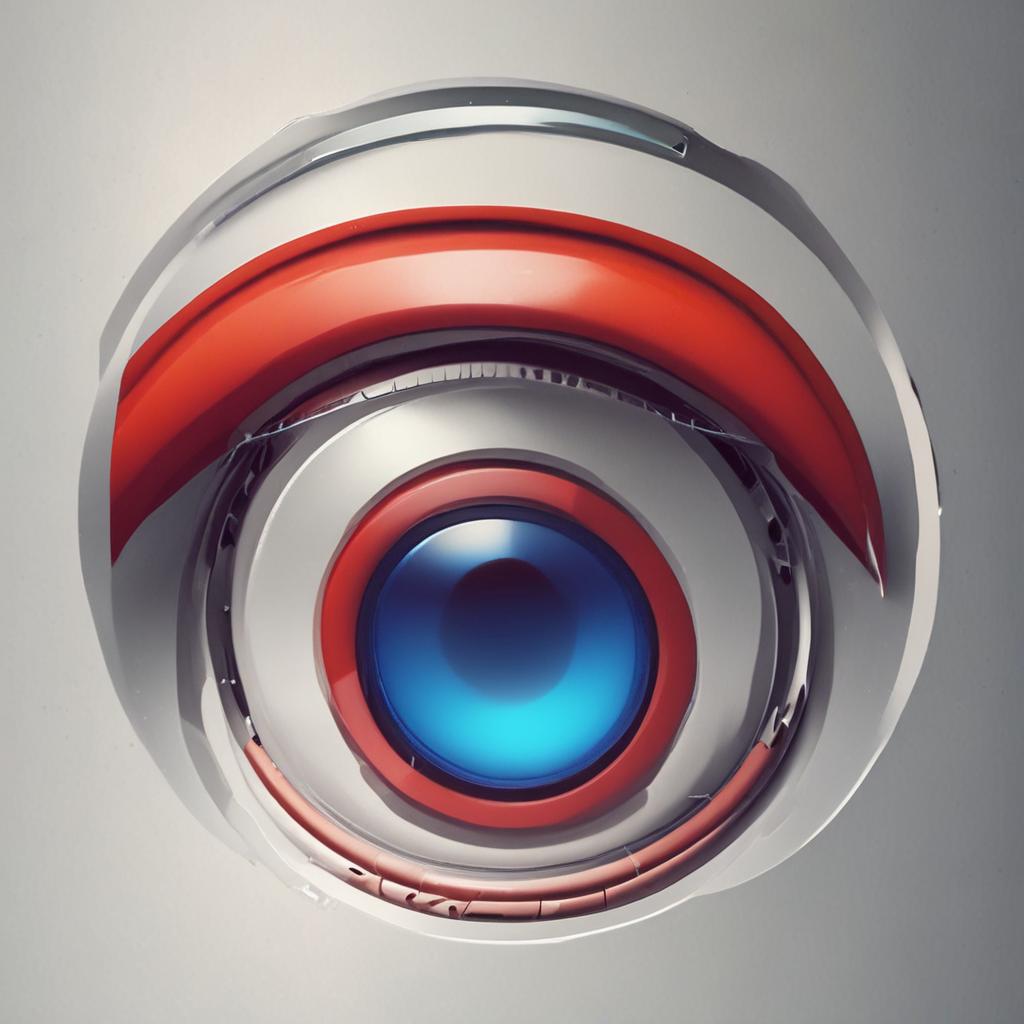
Conclusion
While chrome sockets offer visual appeal and basic corrosion resistance, their structural limitations make them unsafe for impact wrenches. The risk of breakage, reduced durability, and potential injuries underscore the need for proper tool selection. Investing in impact-rated sockets, such as those made from chromoly steel, ensures both safety and efficiency in high-torque applications. Always prioritize quality and compatibility to protect yourself, your workspace, and your equipment.
FAQ Section
Can chrome sockets be used on low-torque impact wrenches?
Yes, but with caution. Even low-torque impact wrenches generate sudden shocks that can stress chrome sockets over time. Occasional use may be acceptable for light-duty tasks, but prolonged or repetitive applications increase the risk of failure.
What are the signs that a socket is no longer safe to use?
- Visible cracks or chips in the socket walls or drive.
- Deformation, such as ovalized or rounded drive holes.
- Worn, galled, or stripped internal wrenching surfaces.
- Flaking or peeling of the protective coating.
Are there any situations where chrome sockets might be acceptable?
Chrome sockets could be used for brief, light-duty tasks where torque is minimal and the fastener isn’t corroded or over-tightened. However, even in these cases, impact sockets are a safer and more durable choice to avoid unexpected failures.
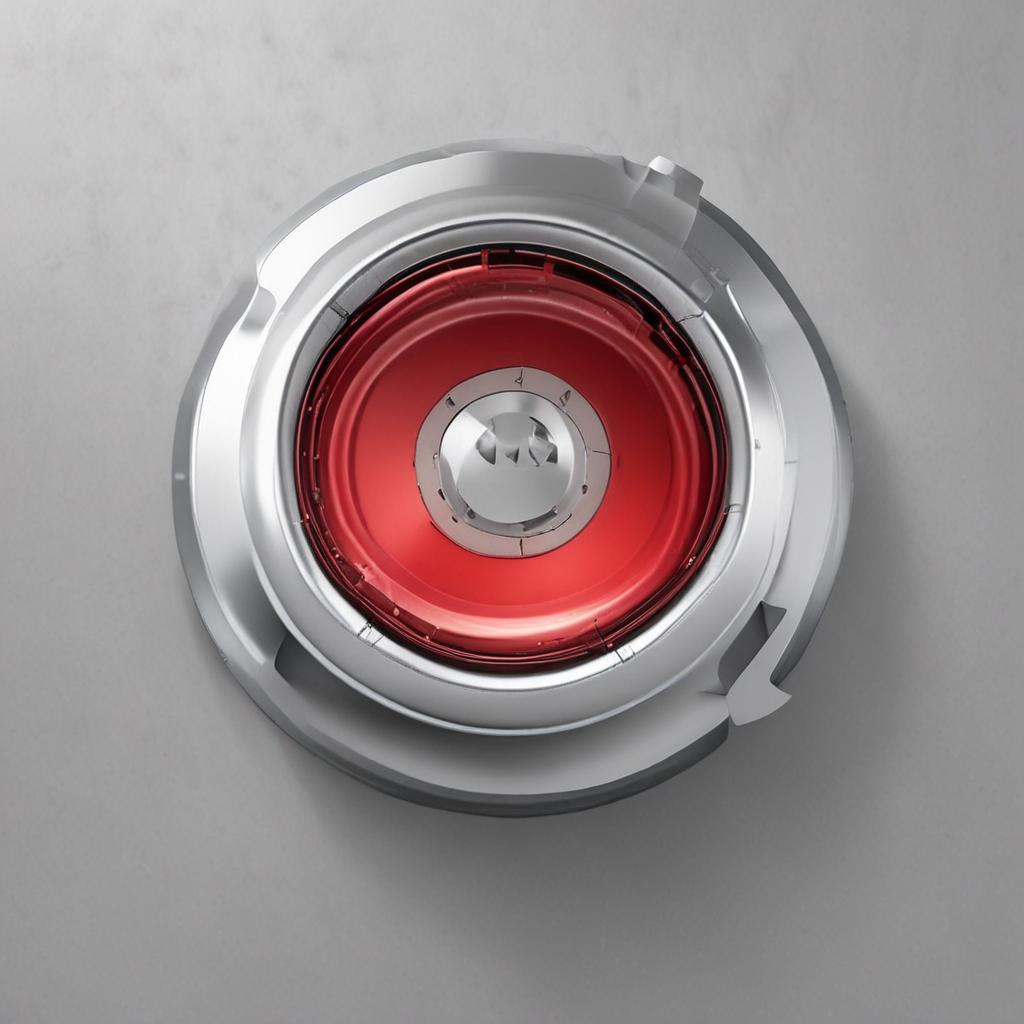
How can I tell if a socket is impact-rated?
Look for an “I” marking inside the socket’s hex or on the packaging. Impact sockets are usually made of chromoly steel and have a matte or black finish. Check the manufacturer’s specifications to confirm it is designed for impact wrench use.
What should I do if a chrome socket breaks while in use?
Immediately turn off the impact wrench and stop the task. Inspect the work area for debris and replace the socket with an impact-rated one. Check the wrench’s drive and anvil for damage and repair or replace if necessary to avoid future issues.

